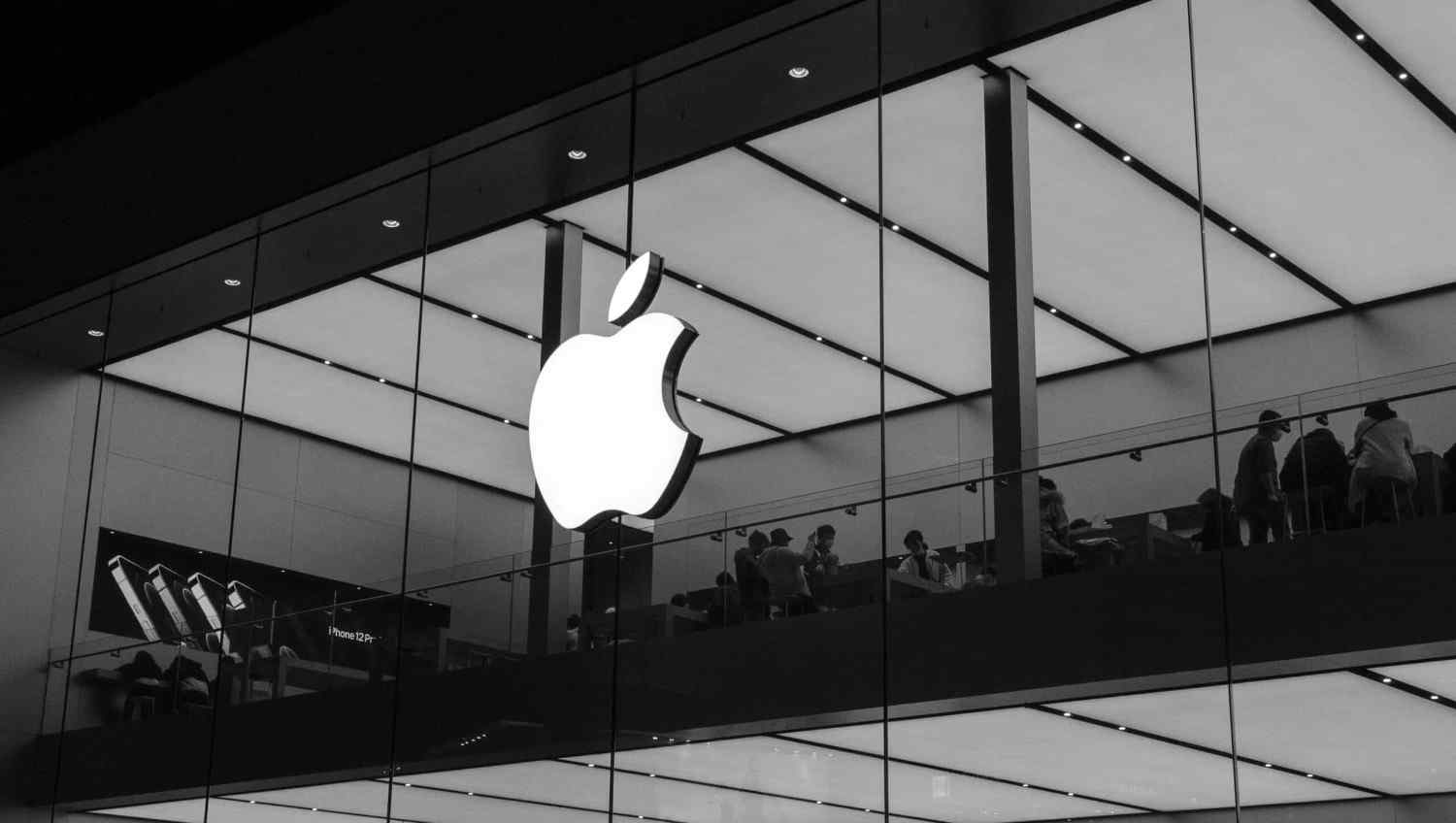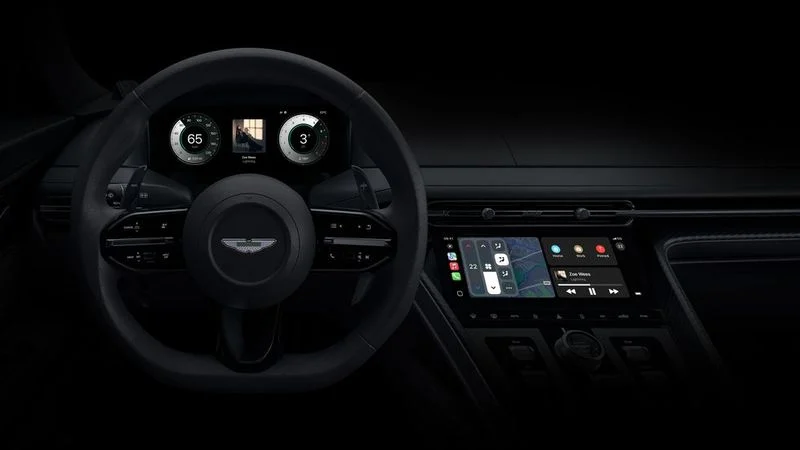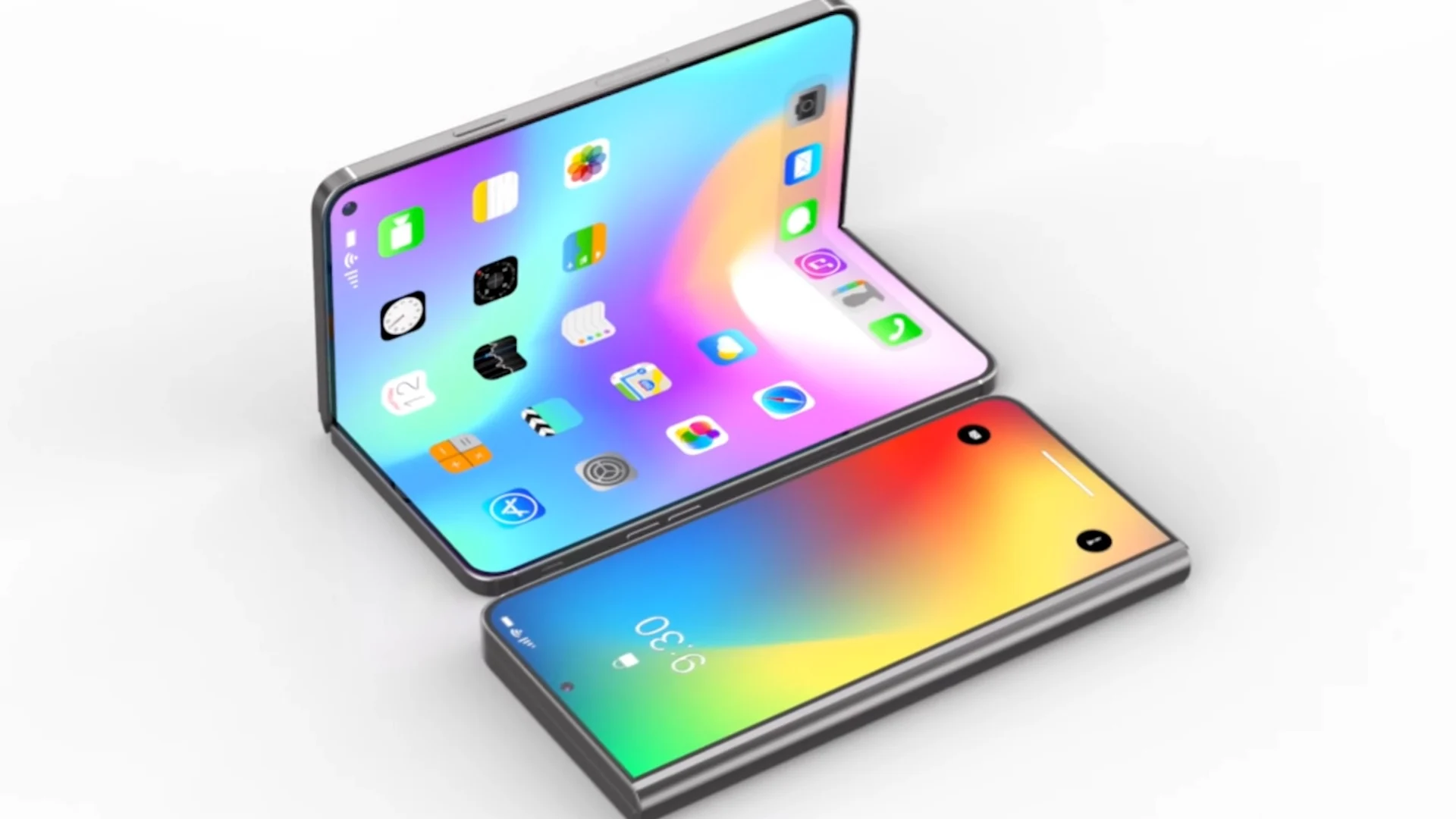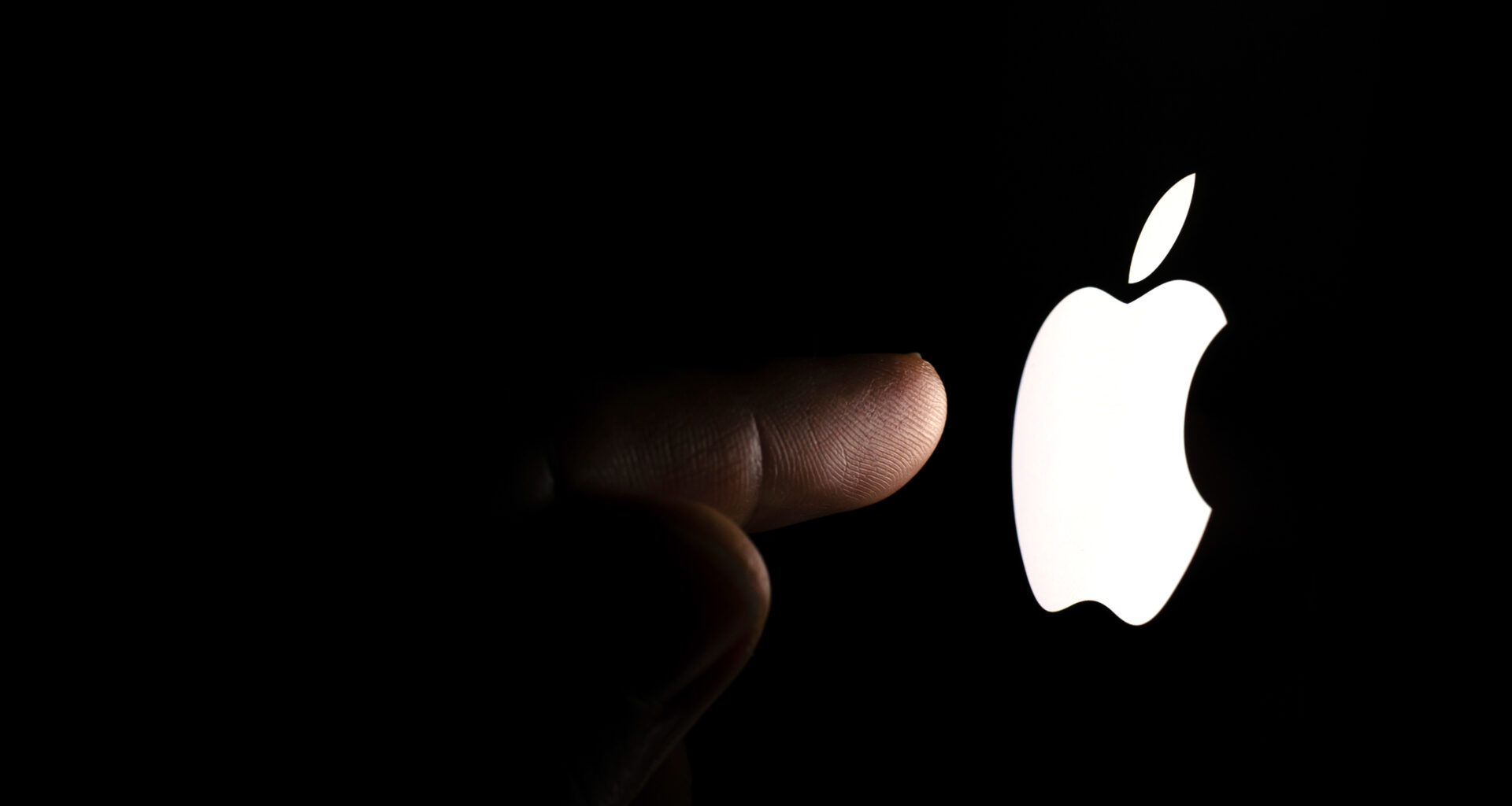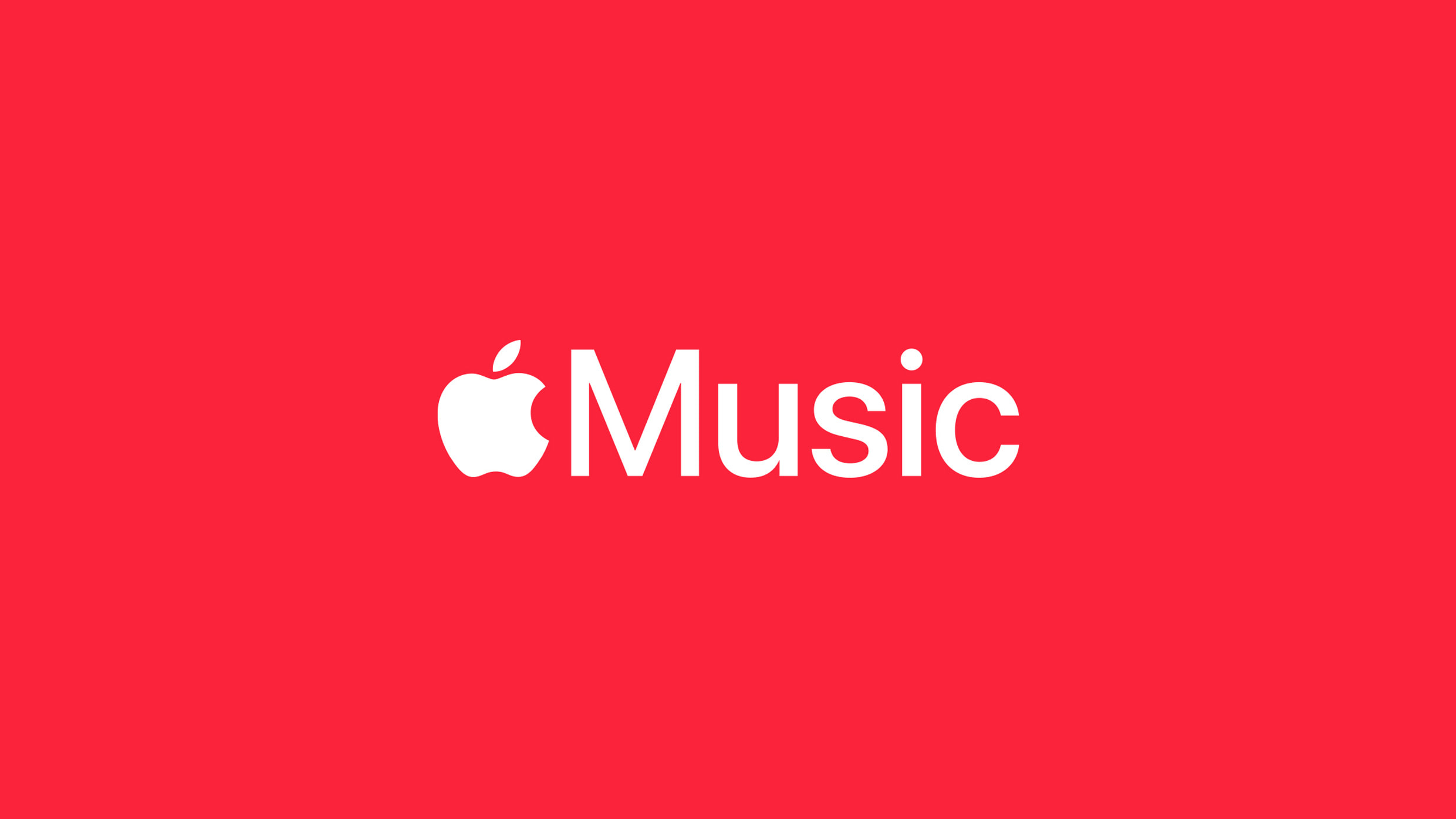The deal between Apple and Alibaba is being examined by the U.S. government, mainly regarding data security. Storing iCloud data for Chinese users with Alibaba’s cloud services is allowed by this partnership, which has led to concerns in Washington.
This is happening during a period when the U.S. and China have high tensions over tech and data privacy. Authorities are studying whether this partnership might endanger user data or break national security rules.
Apple has made it clear that the relationship with Alibaba impacts only Chinese users. Since 2018, Apple has been complying with China’s laws by storing local user data on servers managed by a Chinese company. Here, the management of iCloud services by Guizhou-Cloud Big Data is carried out with strict attention.
Apple highlights that all the data is guarded and encrypted on their devices. GCBD, owned by the local government, holds the encryption keys. According to Apple, they do not share user data with the Chinese government unless forced by law.
Worries remain among U.S. lawmakers and officials that private data could still fall into the hands of the Chinese government. Though the review might not lead to blocking the deal, it underlines American concerns about data protection outside the country.
This research highlights that the transfer of global tech deals is being carefully scrutinized, especially if they feature nations with rocky relations.
